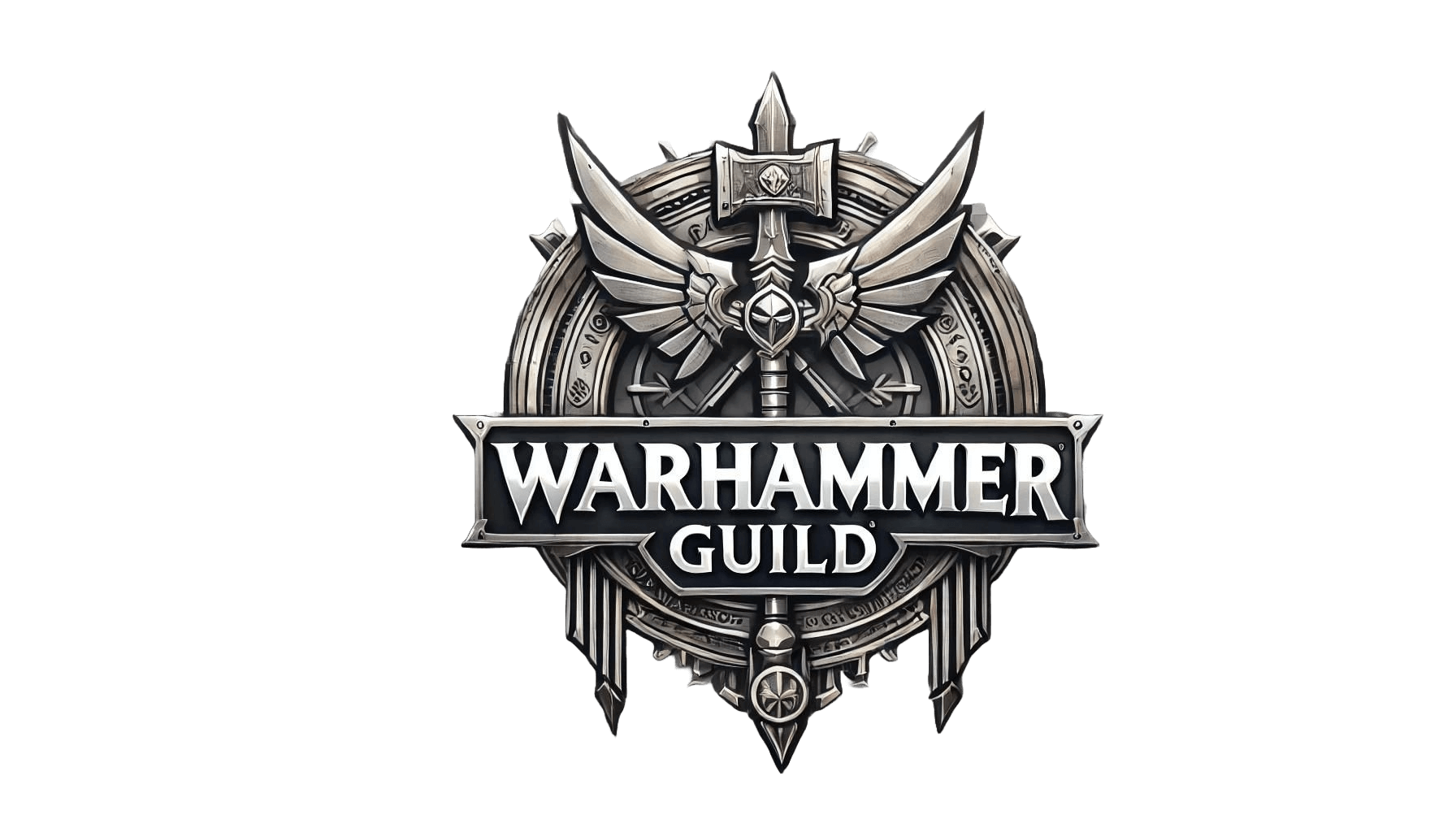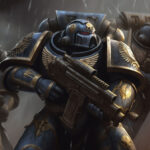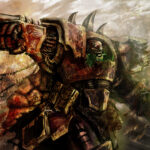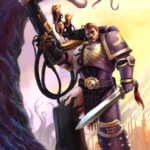We are the Maggotkin of Nurgle, the loyal servants of the Plague God, Grandfather Nurgle. Is there any more pure expression in this world than through disease, rot and decay? Is that not how all should be born? Born from the festering embrace of Father Nurgle’s gifts, we relish life’s cycle of death and rebirth.
Our bodies may be putrid, but we are strong in our rot. We will spread Nurgle’s blessings through the realms, bringing joy through pestilence and despair. Each plague is a gift, every infection a celebration!
Join us in our joyous march, for in decay, there is life, and in rot, we find true vitality!
Who Are the Maggotkin of Nurgle?
The Maggotkin of Nurgle are a faction in the Age of Sigmar dedicated to Nurgle, the Chaos God of disease, decay, and rebirth. Where as some of the other Chaos gods show little love for their followers (Khorne, we’re looking at you!), Nurgle celebrates and blesses the rotting masses who creep forwards on his disease-spreading schemes.
This army looks amazing and plays very well, especially for beginners. They hit hard and can get hit hard. However, zipping round the battlefield at high speed you will not. However, the ability to build on mortal wounds is mighty useful.
So, join the quest of the rotten and start spreading disease in the name of that jolly father of contagion, Nurgle.
What Are the Maggotkin of Nurgle Army Strengths?
Honestly, the durability of this army is pretty great. Though many units are slow, so, so slow at times, the joy of seeing your putrid warriors slowly march across a battlefield and knowing the damage they can dish out as they arrive is very fun.
Some units, such as Plaguebearers and Great Unclean Ones, boast some decent healing abilities. This allows them to absorb significant damage into their rotten souls and maintain pressure on opponents as they move onwards.
Their battle traits are also very handy. Blessed by the Plaguefather allows you to spread disease amongst your enemy, for instance. And Wracked with Disease gives you the chance for diseased units to take Mortal Wounds at the end of a turn. So, you can see how you can start to build a blockbuster army.
BUT, slow, slow, slow. They are mostly slow, which does make them vulnerable to fast paced, mobile enemies..
Their heavy hitting also is mostly from close quarters combat, so enemies with ranged abilities may be able to inflict serious damage. Though Maggotkin of Nurgle units are durable so you should be able to ride this out.
Where Should Beginners Start?
This is honestly such a fun looking army, but in terms of where to begin… We’d suggest collecting the following miniatures to start:
- Great Unclean One: A big brute on the battlefield, though not as heavy a hitter as some of the Greater Daemons in other armies (e.g. Bloodthirster from Blades of Khorne), Great Unclean One does pack a punch. Along with some good spells and the ability to bring in a half-strength daemon unit once per turn.
- Plaguebearers: Super durable and good for holding objectives, whilst dishing out melee attacks. Cloud of Flies is a very welcome addition too.
- Plague Drone: One of the faster units in this army and useful for objectives. It does come at the cost of less armor and generally easier to take down.
- Nurglings: If an opponent has met these units before, you’ll see their face sink. Annoying to get rid of, fairly low cost, a nice 5+ ward save with specific abilities. They are resilient, can be buffed nicely, and are great at tying up enemy units whilst spreading disease and Mortal Wounds.
- The Glottkin – Such an incredible unit. Genuinely they are so versatile and are great however you choose to play them. Magic, combat, an ability to get units to Counter-charge just makes them a must have.
How To Paint Maggotkin of Nurgle
A very fun army to paint, we have collected a few color schemes to start Maggotkin of Nurgle players off:
Color Scheme Ideas
- Rotten Flesh: You can start with a base coat of a sickly green or pale yellow for the skin of your Plaguebearers and Great Unclean One. We’d then highlight it with a lighter shade of whatever color you’ve chosen to add a nice contrast. We’d also use washes of green or brown to create a bit of extra depth and bring out all that glorious decay. Then finish with earthy, rusty colours for things like armor or infected wounds – dark browns and reds probably will work best.
- Festering Blooms: Get some dark purple or even a deep magenta for the base coat and skin. As we normally recommend, highlight with lighter shades of the same color. Get some greens and yellows for those disgusting pustules and boils and warts. This looks awesome! Then use washes to get some more shadow and texture. Job done – boily, rotten badass to take to the battlefield!
- Nurgle’s Garden: This time, get an earthy brown for the skin and organic textures. You can highlight it with a lighter brown or even greens to mimic the look of rotting nature. Try and get a nice rusted effect for armor and weapons. You can paint them in muted metallic shades and then use washes to add to the effect. Do add some nice splashes of bright color for flowers or fungi, just to give it a different contrast and keep with the theme of life and decay.
Painting Techniques
- Base Coating: Greens, browns, and yellows are a good shout here for the skin and armor.
- Drybrushing: Use a lighter shade of your base color to drybrush over raised areas. This can be the edges of armor plates, pustules, or the contours of the skin.
- Washes: Washes can significantly enhance shadows and bring your miniature to life a bit more. Nuln Oil is a classic or green/brown will work well for skin and armor.
- Edge Highlighting: This is good for details on armor, weapons, and skin. Basically, just apply a lighter color along the edges to create sharp contrasts. Easy to do and helps create a more polished look to a model.



